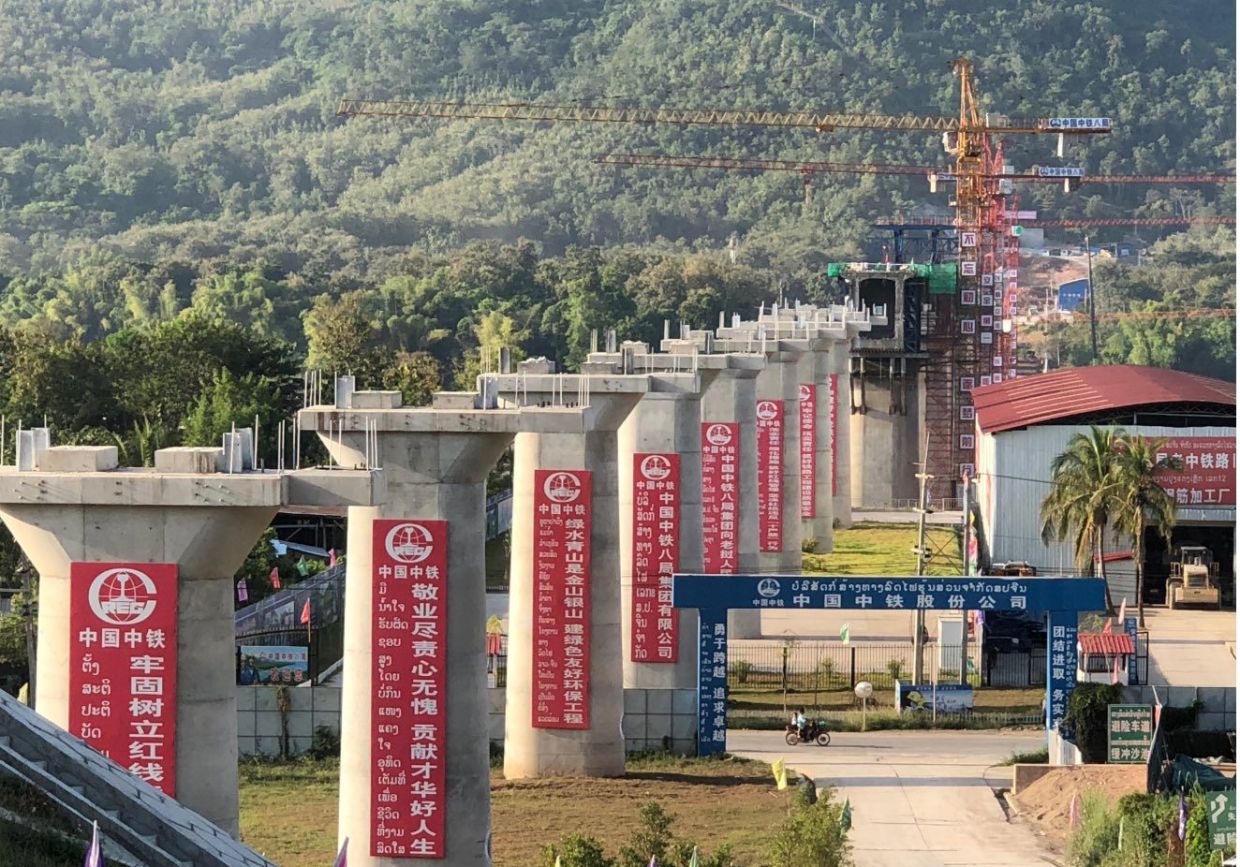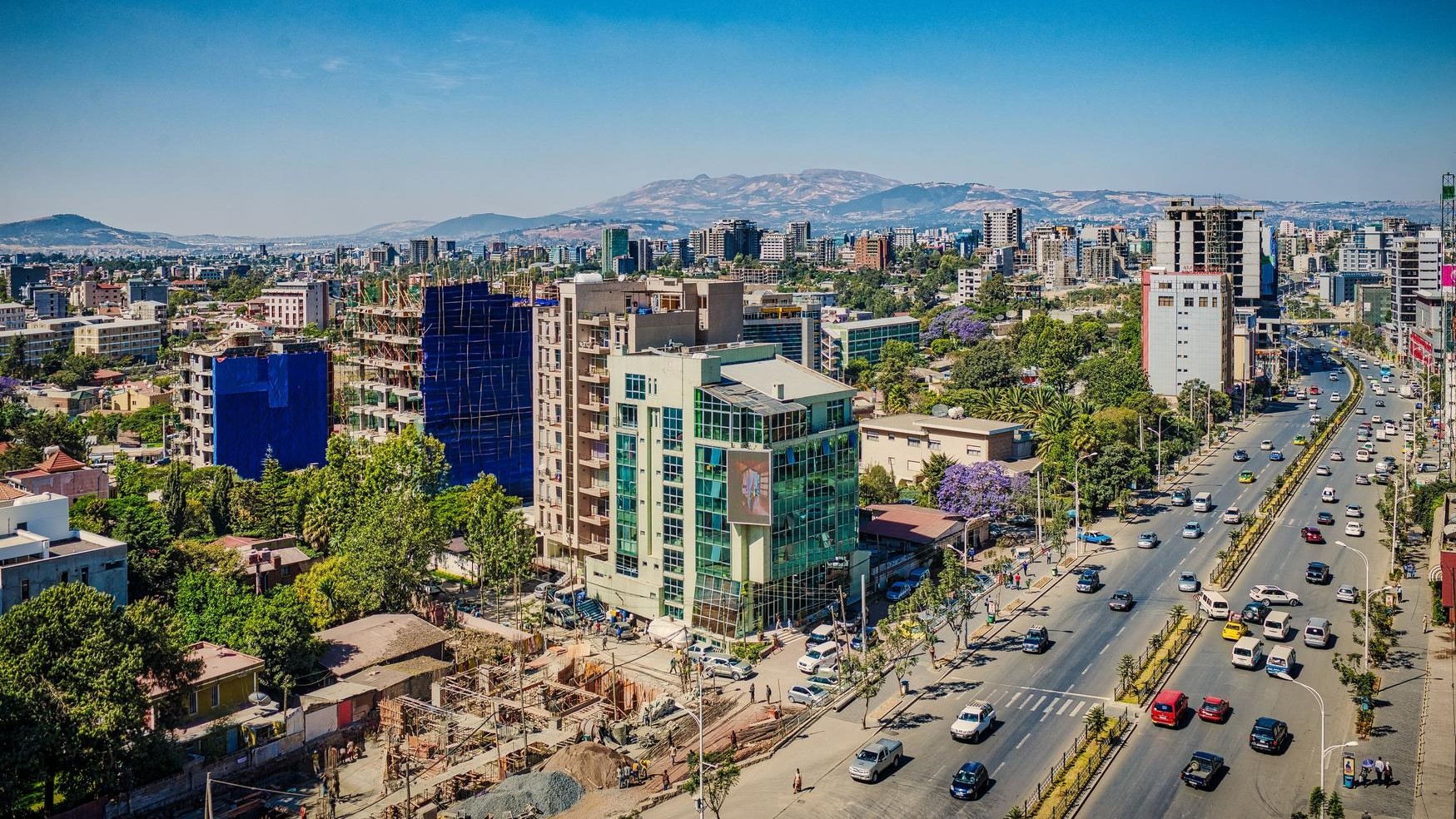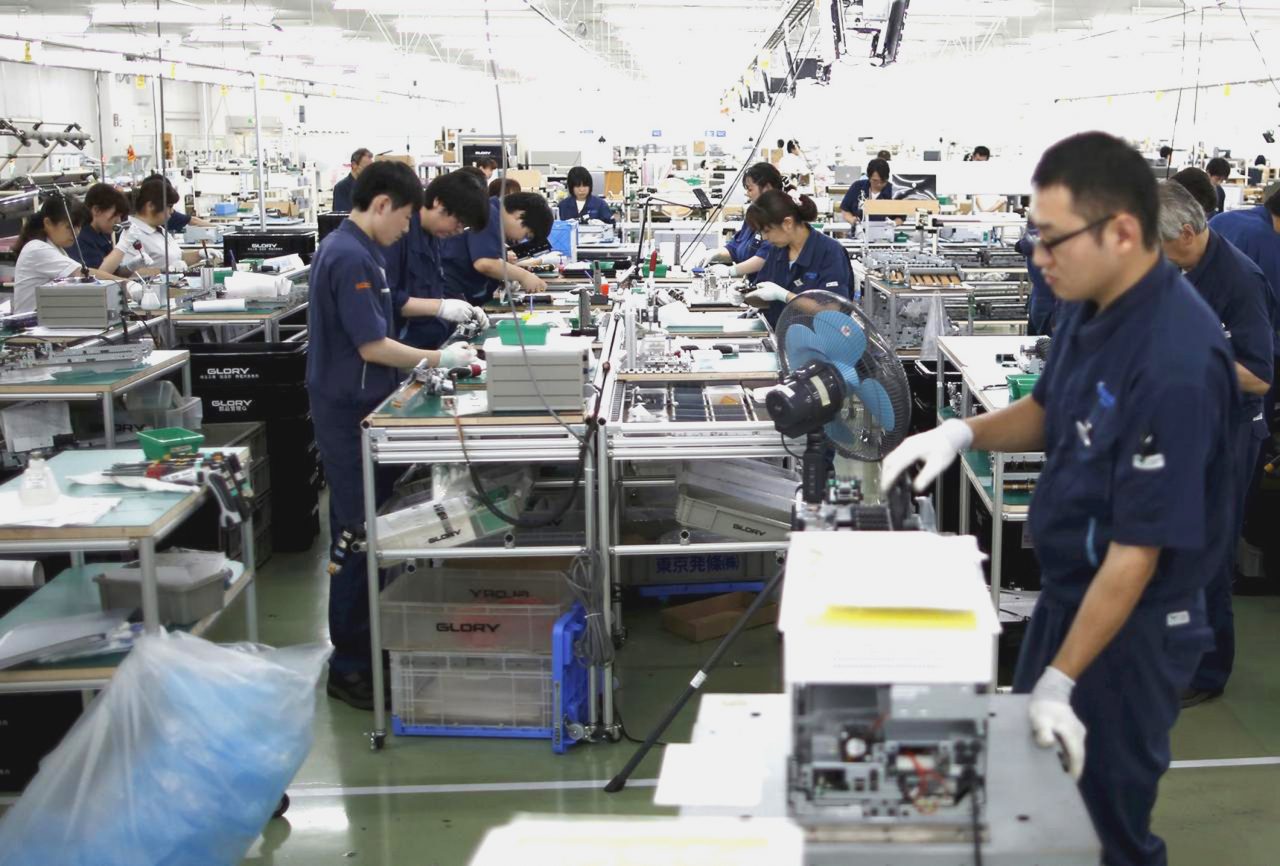Foreign direct investment
Are China's investment projects in Laos a window into the future?
Published 08 March 2022
As Southeast Asia receives more investment from China, the mega rail project in Laos may be a bellwether for other members of the Association of Southeast Asian Nations (ASEAN). While the economic potential of the Laos railway will be seen in coming years, the evolution of bilateral trade patterns points to an asymmetry that is unlikely to be changed by greater physical connectivity alone.
ASEAN’s ten member states have been very successful in attracting foreign direct investment (FDI). According to the United Nations Committee for Trade and Development, total inbound stock of FDI amounts to US$2.5 trillion, or about 76% of GDP – well above the global average. Furthermore, the sources of inbound FDI into ASEAN have been relatively diverse, at least for the ten countries in aggregate. For example, from 2015 to 2020, China – Asia’s largest economy by a factor of three – only accounted for 7% of inbound FDI flows. Including FDI from Hong Kong would increase China’s share to 13%, and this approach may be more accurate given the number of Hong Kong subsidiaries of Chinese parent companies engaging in international investment.[i]
While China and Hong Kong comprise a large share of inbound FDI, they are not dominant. In the last six years, the United States account for 13% of FDI inflows. Japan and the EU each have shares amounting to 12%. Intra-ASEAN investment account for a further 17%. These figures come with two caveats. First, “unspecified countries” account for 20% of inbound FDI to ASEAN. Second, the numbers differ from China’s figures for outbound FDI to ASEAN.
For example, according to China’s Ministry of Commerce, the stock of Chinese outbound FDI to Indonesia at the end of 2020 totaled US$17.94 billion. According to ASEAN’s database on FDI, China had invested just US$8 billion in Indonesia at the end of 2020, while Hong Kong had invested US$13.6 billion. Therefore, China’s share could be anything between 3% to 9%, depending on which data one uses. What is clear, however, is China’s increasing investment in the region compared to prior decades and the ensuing impact on ASEAN-China relations.
Infrastructure investment has been the main driver of rising Chinese FDI in the region, and much of this investment is directly or indirectly linked to the Belt and Road Initiative (BRI).
Perhaps the most extreme exception to the rule of diverse FDI is the Lao People’s Democratic Republic, or Lao PDR, also known as Laos. According to the ASEAN investment report, in 2017 and 2018, China was the source of 77% and 79% of inbound FDI into Lao PDR.[ii] The Bank of Laos’ provisional numbers suggest that in 2020, China accounted for 87% of the inflow.[iii] Few countries in the world are so dependent on one source for FDI.
Current account deficits in Laos have been extremely large relative to GDP, ranging from 7% to 15% of GDP from 2012 to 2019.[iv] In 2020, the current account returned close to balance, but only because the economic slowdown reduced imports by 11% while exports of electricity – the country’s largest export – grew.[v] Economic recovery may result in a return to significant deficits.
Therefore, Lao PDR is dependent on FDI to fund the current account deficit. Where a gap remains, external debt fulfills this role; there are no capital markets to attract portfolio flows. Government external debt now amounts to 55% of GDP, but public-private partnership debt to external investors would suggest external indebtedness is higher. In 2020, Laos’ debt was downgraded twice by Fitch to a ‘CCC’ rating, which connotates vulnerability to to nonpayment, and dependency upon favorable business, financial, and economic conditions for the obligor to meet its financial commitment on the obligation.[vi]
It is this macroeconomic context, together with the broader issues of China’s increasing FDI into ASEAN, that makes the completion of the Vientiane–Kunming rail link in December 2021 of particular interest. As one of the few significant BRI projects in ASEAN to be complete and operational, the Laos railway may be a bellwether for future participation by ASEAN countries in China’s ambitious infrastructure plans.
The investment’s most striking feature is its disproportionate size relative to the Laos economy. The Vientiane to Boten section, extending 422 kilometers and linking on to Kunming, costs an estimated US$5.9 billion, or 30% of Lao PDR’s US$19 billion GDP. This is a very significant price tag for a single-track railway, amounting to approximately US$14 million per kilometer in a country with a per capita income of US$2,600. The high per kilometer cost is a function of the project’s complexity: 47% of the railway’s length traverses through 75 tunnels and a further 15% of its length runs over 167 bridges.[vii]
Almost all the funding has come from China. The Laos-China railway company is 70% owned by three Chinese state-owned enterprises and 30% by the government of Lao PDR. The joint venture is 60:40 debt equity financed, with China’s Export Import Bank providing US$3.6 billion for the debt component. In addition, China has lent Laos US$480 million of its required US$740 million of equity input, leaving Laos to contribute just US$240 million to the joint venture company.[viii] The main loan carries a 2.3% interest rate and Laos has pledged revenues from a bauxite mine and three potash mines as collateral against the loan. Therefore, the total financial liability of Lao PDR is US$1.9 billion, or 10% of GDP.
Is it worth the price? From the Laotian perspective, the economic success of the railway should probably be viewed separately from the financial success of the railway as a stand-alone entity. Like most large infrastructure projects of this type, the economic externalities it creates may be the most important impact.
The key will be the degree to which the railway boosts aggregate trade as opposed to simply diverting trade. According to the World Bank, only 37% of Laos-China trade takes place overland; the efficiency that the land link brings could improve cost competitiveness and efficiency.[ix] While beneficial for the railway owners and operators, capturing transit trade between other ASEAN states and China will bring little benefit to Lao PDR. When China opens for outbound travel again, the potential for tourism is obvious and could prove a boon to the Laotian hospitality industry.
Improving connectivity into the rail artery, which will be costly, could help broaden the benefits of the railway, especially if followed up with economic reforms to improve the investment climate and shift FDI away from natural resources and towards productivity-improving manufacturing.
In 2003, China accounted for 10% of Laos’ trade. By 2020, the figure had risen to 27%. With the railway in place, one would expect this percentage to increase. However, China’s growing share has led to declining Thai-Laos trade, from 64% in 2003 to 42% in 2020.[x] Furthermore, if one strips out electricity exports, most of which go to Thailand, trade patterns have changed even more. Trade with Thailand would then stand at 36%, while trade with China increases to 30%. In the same way that China now dominates FDI flows, trade flows may well follow the same trend.
From China’s perspective, the rail project offers only benefits. Because the railway was built by Chinese firms, a significant part of China’s outlay has been recouped by the sale of rolling stock, steel, and the profitability of the engineering and construction work. The railway is a major step towards connecting Yunnan province with the Gulf of Thailand, which brings both economic and geostrategic benefits. China’s US$4.2 billion outlay represents just 0.0028% of the economic giant’s GDP, a small price to pay for strengthening its orbit of influence. How the benefits of China’s largesse are shared will be seen in coming years. But the evolution of trade patterns in the past decade points to a distinct asymmetry in trade – greater physical connectivity is unlikely to change that on its own.
***
This article is the second in the Hinrich Foundation series Trade and Investment in Southeast Asia. Read more:
***
[i] ASEAN database, https://www.aseanstats.org/
[ii] https://unctad.org/system/files/official-document/unctad_asean_air2019d1.pdf
[iii] https://www.bol.gov.la/en/fileupload/06-07-2021_1625541074.pdf
[iv] World Bank open database, https://data.worldbank.org/indicator/BN.CAB.XOKA.GD.ZS?locations=LA
[v] https://www.bol.gov.la/en/fileupload/06-07-2021_1625541074.pdf
[vi] https://www.thailand-business-news.com/asean/laos/81409-chinas-debt-trap-diplomacy-laos-credit-rating-downgraded-to-ccc
[vii] https://documents1.worldbank.org/curated/en/648271591174002567/pdf/Main-Report.pdf
[viii] https://china.aiddata.org/projects/85304/
[ix] https://documents1.worldbank.org/curated/en/648271591174002567/pdf/Main-Report.pdf
[x] ASEAN database, https://www.aseanstats.org/
© The Hinrich Foundation. See our website Terms and conditions for our copyright and reprint policy. All statements of fact and the views, conclusions and recommendations expressed in this publication are the sole responsibility of the author(s).






